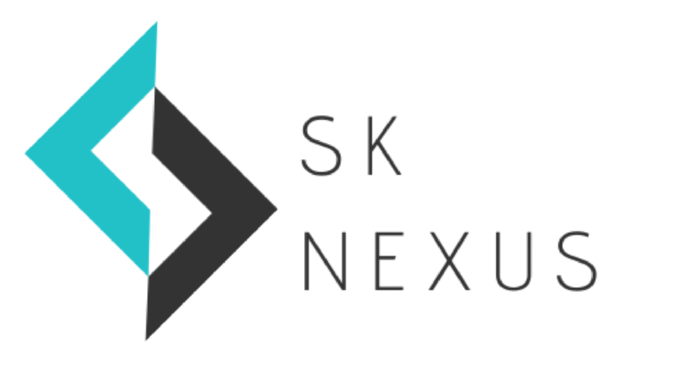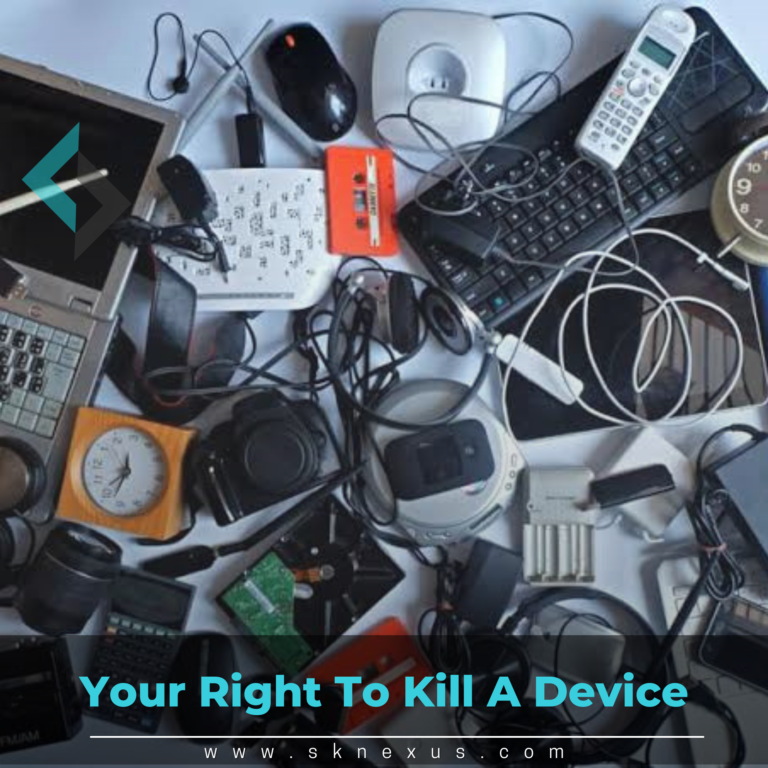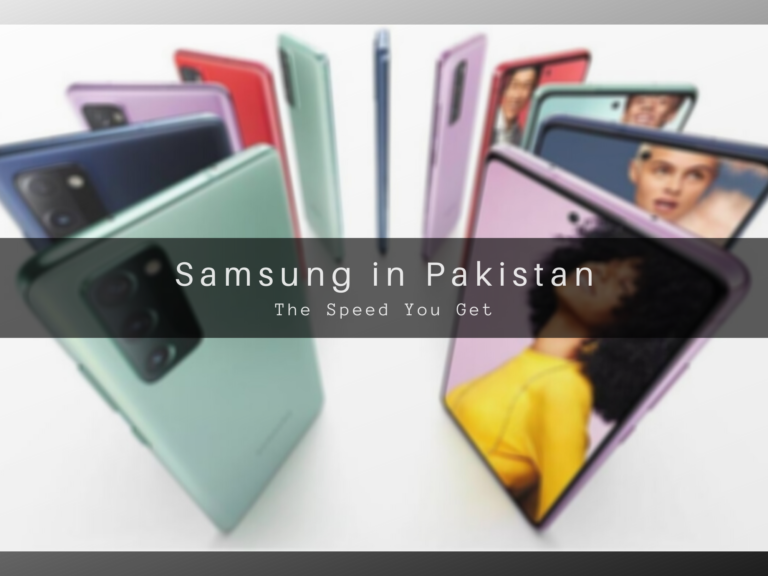Marketing has always been a creative process that allows you to think out of the box and bring new ideas to the table. Not going into too much detail as to what marketing is, needless to say, marketing efforts are generally invested to market a product or a service to the right target audience.
YES, THAT’S RIGHT! I mentioned the right audience because that’s one of the fundamentals of marketing.
Invest your efforts in the right direction because, hey you can’t impress everyone now, can you?
When Marketing Married Technology
With that being said, marketing has taken on a new paradigm shift due to the advent of technology.
Starting from the inception of computers, marketers have been exploring new ways to communicate their messages to their audiences.
I mean, graphic designing alone requires a computer.
But marketers and advertisers alike have been using new innovative methods to reduce costs while maintaining the quality of their campaigns to attract their respective target audiences to reach their desired results.
Now that technology itself is evolving at a much faster pace than before – this has had a placebo effect on consumer spending and behaviours, making it hard to predict.
Due to the recent Covid-19 outbreak, many sectors of business have been severely affected, which means many marketers faced huge budget cuts this year.
But despite this phenomenon of tightening marketing budgets (as if they already didn’t exist), marketing technology on the other hand has experienced exponential growth.
Did you know?
There are around 8,000 different marketing solutions available however most marketers just use more than five or know about even fewer.
Like every other field that has been deeply associated with technology, marketing too now has its cool new lingo for its digital solutions, presenting: MarTech (Marketing Technology).
Martech describes the integration of technology with marketing and marketing efforts being governed by useful innovative tools.
Each tool presents its unique traits which marketers leverage to satisfy their unique initiatives.
Time to closely examine some of the emerging trends in the marketing landscape which fall under the ambit of marketing technology:
Top 5 Trends of Marketing Technology
The Importance of Data
This topic is everywhere, and not just limited to the circles of tech.
In fact, while youre reading this blog there’s a lot of data that continues to float around the world of the internet.
Marketers now more than ever are stressing upon the importance of data to make more informed decisions.
This has put a stop to non-targeted marketing campaigns because the majority of the campaigns are driven by data-backed research and hugely rely on customer information.
White space mapping and opportunities let marketers dwell into those grave details about their customers to bring forth the right messaging.
Right audience, right messaging, raaaaight, back to the topic.
BI dashboards among other tools are a great way to get that insight and information but a data story (digital footprints) provide background information and prompts marketers to make faster decisions.
Well, this is all true! But while you can use all this data to make informed decisions and develop new marketing strategies, let’s be very clear that they might not always go according to plan despite the numbers or trial and testing.
Merely because determining human behaviour or consumer spending has always been a challenge and might remain so.
So it’s better to run smaller experiments and leverage scientific data analysis methods to further refine data because the goal is to collect as much relevant and valuable data as possible helping marketers to draw insights to reach the desired result.
Just like the famous saying, “Facts tell, but stories sell.” Dynamic data stories are here to replace static dashboards.
Analytics To Save The Day or Rather Campaign
Just collecting data isn’t enough, marketers need to know how to use all data and map it to make better decisions.
The entire thought goes around how to use this data to improve marketing performance.
Data is collected through the regular interaction of customers with businesses where they (the customers) share personal information that helps companies determine purchase behaviours to favourite products.
While marketers are on a constant lookout for the best ways to reach them through advertising and marketing efforts, monitor what works and what does not work as well as incentivize their campaigns by offering promotional offers, coupons, and deals.
Remember when I say data it does not restrict itself to basic demographics, but in fact covers a wide range of customer information which includes online and offline media behaviours, locations, purchase history, advertisement engagement through CTR etc.
This allows them to customize their messaging in order to communicate effectively once they have the necessary information to do so.
These days, there’s a lot of talk about the future of data knowing there will be a cookie-less future.
Several major browsers like Safari and Firefox have already removed third-party cookie tracking, while Google Chrome, one of the commonly used browsers, will be doing the same by 2022.
So heads up to all you out there, and maybe it’s time to search for alternate tools that have the ability to collect and attribute consumer data without cookies.
A viable solution would mean that it must be able to measure aggregate as well as person-level data to help marketers make accurate and timely decisions using fewer cookies.
The Future of Our Reality Is Extended Reality
It’s the sign of the times.
We’ve surpassed the excitement levels that came with Virtual Reality (VR) and Augmented Reality (AR), hence it’s time for Extended Reality (XR) to kick in.
We’ve seen a bunch of companies leverage these innovative technologies to bring dynamic campaigns for the consumers, from tobacco companies like Marlboro backed by Philip Morris to the renowned furniture and home accessories player, IKEA.
But what is Extended Reality (XR) you ask?
XR is a fusion or a master blend of all the reality technologies, which are augmented reality (AR), virtual reality (VR) and mixed reality (MR).
This technology has the potential for marketers to bring their true creativity to use and make the unimaginable possible through its vast potential to develop interactive and customer-friendly marketing solutions and help businesses efficiently interact and engage with consumers,
What all can it entail? Well for marketers it can help create wholesome campaigns based on 360-degree videos, practically launch virtual stores and showrooms, as well as organize virtual events.
XR is on its way to disrupt (as we so profoundly like to use this word nowadays) and transform the future of marketing. As documented evidence suggests XR technology will cross $18 billion by 2023.
From Chatterbox to Chatbots
How can you talk about customer engagement and interaction and not mention Chatbots?
It’s one of the most widely adopted ways of acquiring new clients as well as ensuring smooth customer satisfaction levels.
Due to the round-the-clock and efficient responses, customers are drawn towards AI-powered chatbots.
So much as 69% of U.S. consumers prefer using chatbots, as reported by Business Wire simply because they have the ability to yield a speedy response.
However, most small businesses are not inclined towards technology and continue to face difficulty in areas of customer acquisition and retention.
What they don’t realize is that a chatbot running on a website can make customer support a hell of a lot easier by answering customers’ basic questions at all times while they continue to focus on other areas of business.
The latest chatbots have been uniquely designed to appear lifelike to the point that it’s hard for many customers to distinguish the difference.
They also add benefit by helping businesses to gather, store, analyze and provide key insights to help improve the customer experience.
Voice Search: The New Indicator For SEO
With voice assistants becoming more and more popular, there’s a bunch of them out there each supported by a tech giant such as Amazon Alexa, Google Assistant, Apple Siri, Microsoft Cortana, and Samsung Bixby.
If you’re thinking this seems too tricky, let me assure you that voice search is one area where a small business has a comparative advantage over big competitors.
Soon all online businesses will have an increased chance for people to search for your websites or other channels through voice search.
Just as early adopters of mobile apps realized the rising trend in their utility, similarly voice searches are the future of our new reality.
Almost 20% of searches in the Google App are now done through voice search, and this is expected to grow similarly to how mobile apps have.
All those marketers that use blogs and other forms of content to get their message across, need to keep this vital information into consideration for content creation in the near future.
Simply because content on digital platforms will need to be conversational and help customers by answering questions in simple terms.
Using search terms that are most likely to search through voice search can be a good way to start.
That all being said we love having interesting takes on the merger of tech with all existing industries. Articles like this help us, and hopefully you keep informed about everything tech and business.
As always if you enjoyed reading, we hope that you can share among interested people such as yourself.
Everything you see here – and more is powered by your Support. You can always pitch in by clicking the buttons below.
Experienced and energetic marketing specialist with over 7 years of experience – Khayyam loves to share his thoughts on startups, disruptive innovation, and whatever piques his interest.





